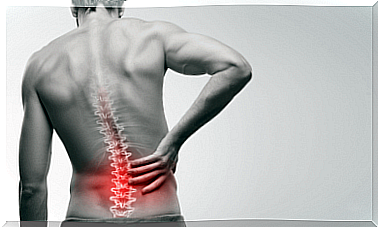Symptoms That Allow Us To Identify The Cause Of Abdominal Pain
Although it is most common to associate abdominal pain with stomach problems, this does not always have to be the cause. We present other causes that you should take into account.
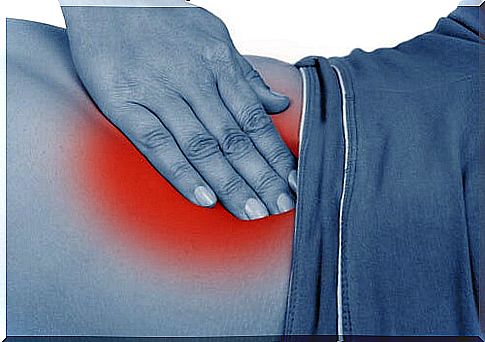
Abdominal pain is a common condition in the population worldwide, which can arise as a result of different alterations in the body, such as indigestion, for example.
It should be noted that the cause of abdominal pain is not always related to the stomach exclusively. There may be a problem with the gallbladder, appendix, pancreas, kidneys, intestines, or muscles.
Next, we will tell you what the possible causes of abdominal pain are and what the type of pain is like in each case. You will see that, although they are located in nearby areas, it is not always the same.
1. Appendicitis
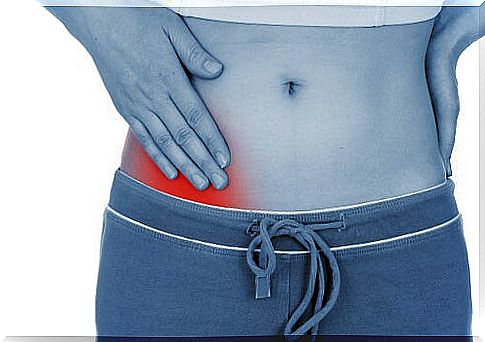
When abdominal pain originates from appendicitis, the discomfort is intense and is located in the lower right side of the abdomen.
In most cases, the pain begins as discomfort in the belly button area. This problem can also include other symptoms such as vomiting, nausea, and fever.
2. Pancreatitis
The pain begins in the upper abdomen and, over the hours, spreads to the sides and lower part.
This pain can often be experienced more intensely after a large meal, or 6 to 12 hours after consuming alcohol. Pancreatitis also usually includes the following symptoms:
- Fever.
- Weakness.
- Sickness.
- Vomiting
- Palpitations
- Yellowing of the skin.
3. Gallstones
Gallstones are also one of the possible causes of abdominal pain, which is located in the upper right part of the abdomen.
In these cases, the pain can spread to the upper right part of the back and even the right chest or shoulder. Other related symptoms are: nausea, vomiting and gas.
4. Ectopic pregnancy
In women, an ectopic pregnancy can be the cause of sudden, severe abdominal pain. This type of pain is located in the lower left part of the abdomen and is almost always accompanied by vomiting and fever. If there is bleeding, it will be essential to seek medical attention immediately.
5. Intestinal obstruction
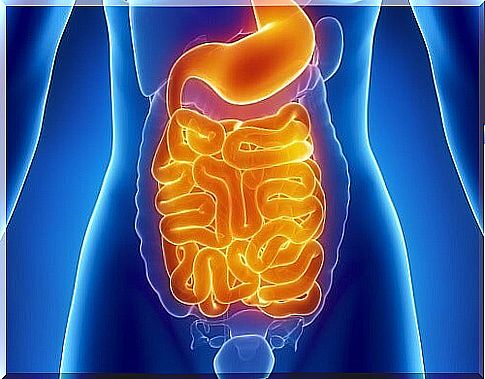
Another cause of abdominal pain can be a bowel obstruction. Abdominal pain manifests as a kind of cramp, especially after meals. It can be accompanied by vomiting and gas, watery or tape-shaped stools.
6. Diverticulitis
Abdominal pain may indicate diverticulitis when it is located in the lower left side of the abdomen and is accompanied by nausea, vomiting, chills, stomach cramps, and episodes of diarrhea or constipation.
If abdominal pain is accompanied by fever, chills, nausea, and bloating, it could be peritonitis.
7. Viral hepatitis
Viral hepatitis includes severe abdominal pain as well as: yellowing of the skin and eyes, dark-colored urine, and an unpleasant odor.
8. Gastritis or stomach ulcers
Abdominal pain can also be an indication of gastritis or stomach ulcers. Especially if it occurs accompanied by nausea, vomiting, heartburn, gas, stools that are too dark, indigestion and severe discomfort, especially when the stomach is empty.
9. Irritable bowel syndrome
This syndrome could also be the origin of abdominal pain when it appears imprecisely, as a kind of cramp, accompanied by: abdominal bloating, gas, nausea, weakness, among other symptoms.
10. Kidney stones
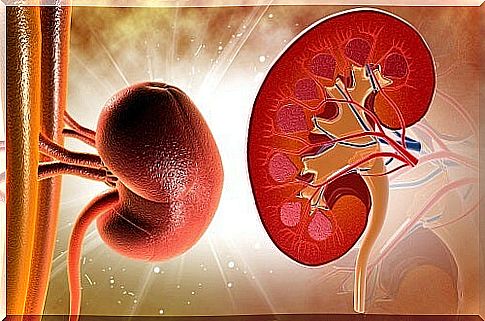
Kidney stones can be another cause of abdominal pain. This type of pain extends to the lower back and groin and manifests itself with greater intensity just where the kidneys are located.
Should I go to the doctor for abdominal pain?
In conclusion, any organ present in the abdomen can be the cause of abdominal pain. Now, although we can have an idea about what the problem may be, the right thing to do is go to the doctor, since he will be the most indicated to distinguish the type of ailment.
In case the abdominal pain intensifies and lasts over time, it will be necessary to go to the doctor for a physical evaluation and a timely diagnosis.
It is very important to avoid self-medication, as it can hide symptoms and, therefore, prevent the doctor from determining the exact cause of the problem. On the other hand, once the doctor prescribes a treatment, it will be essential to follow his instructions.





